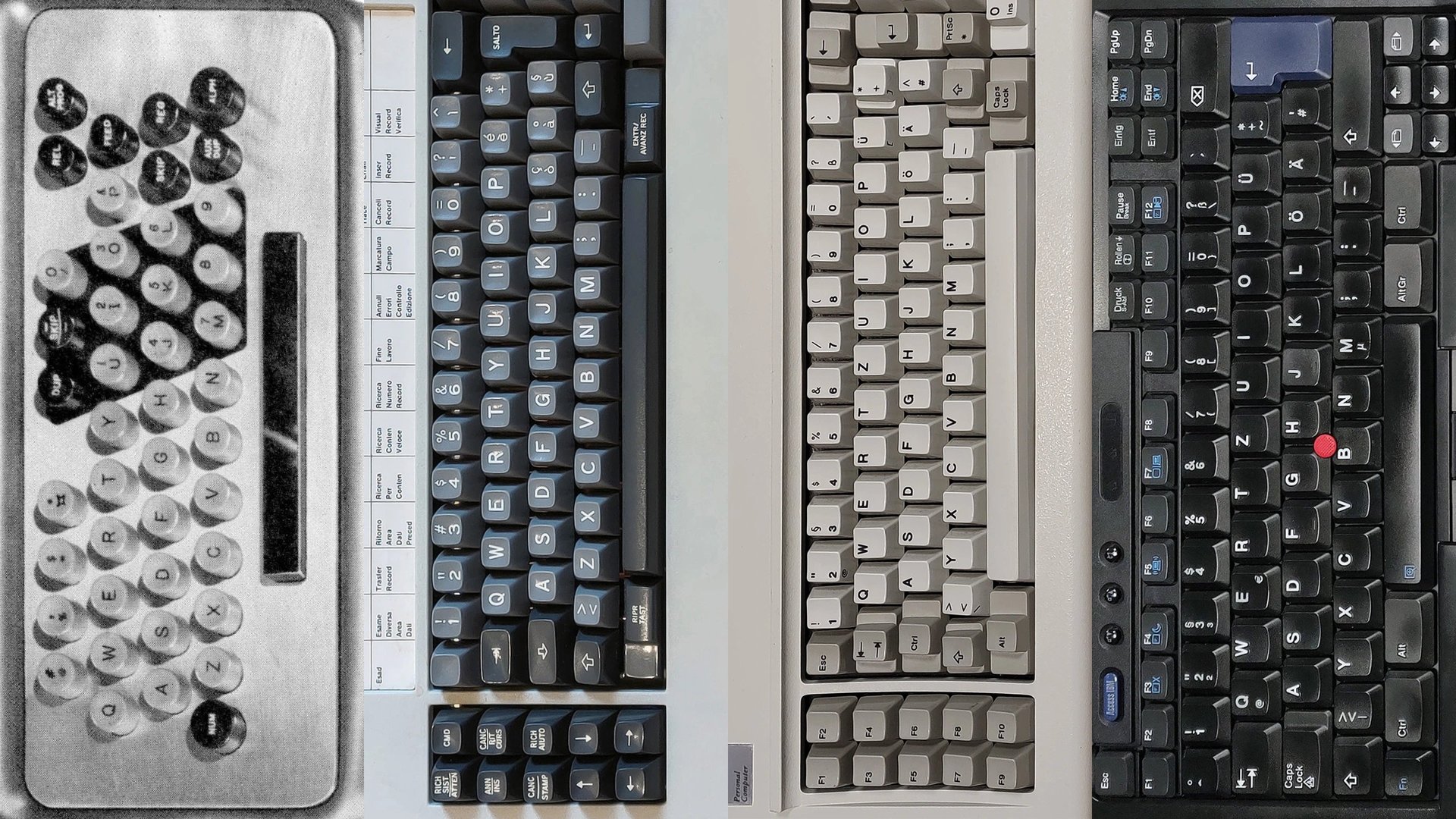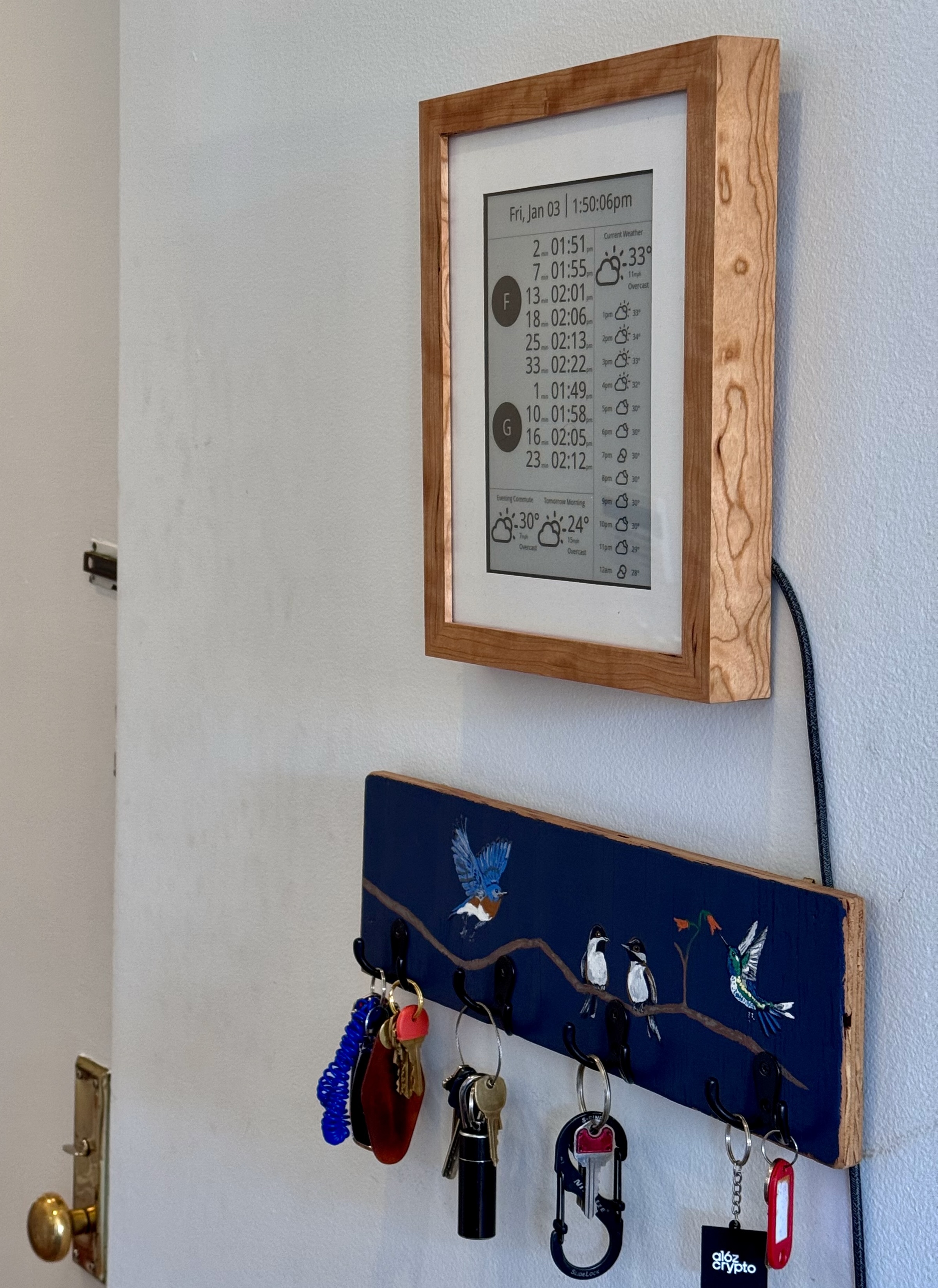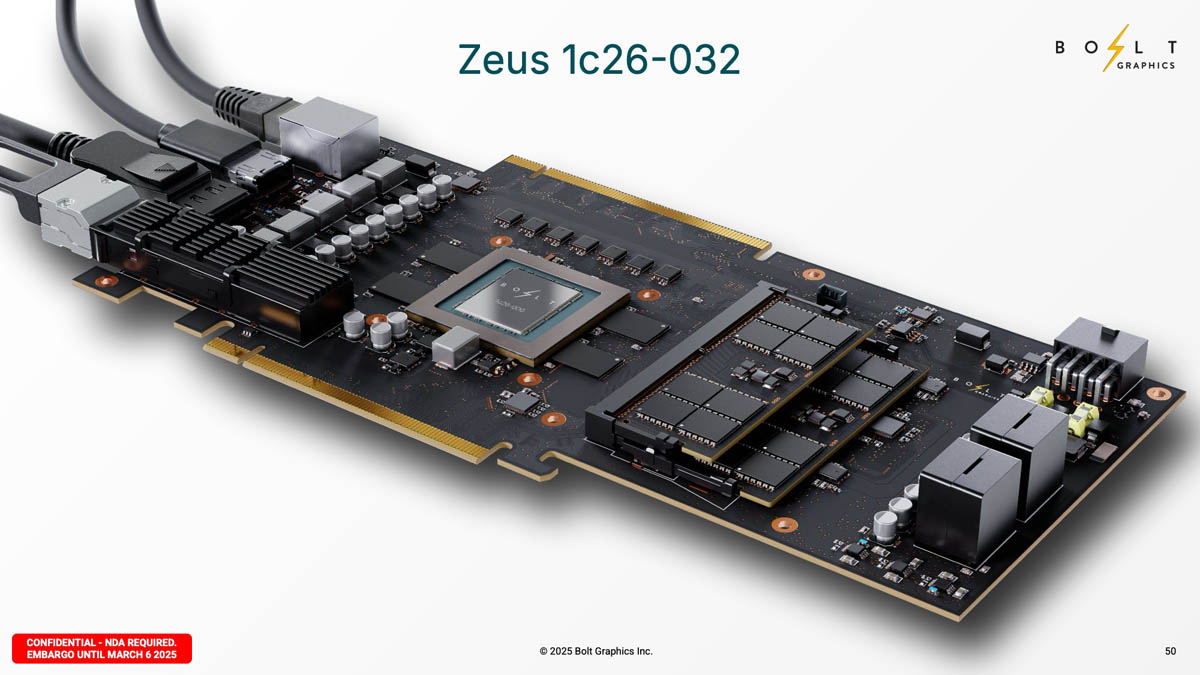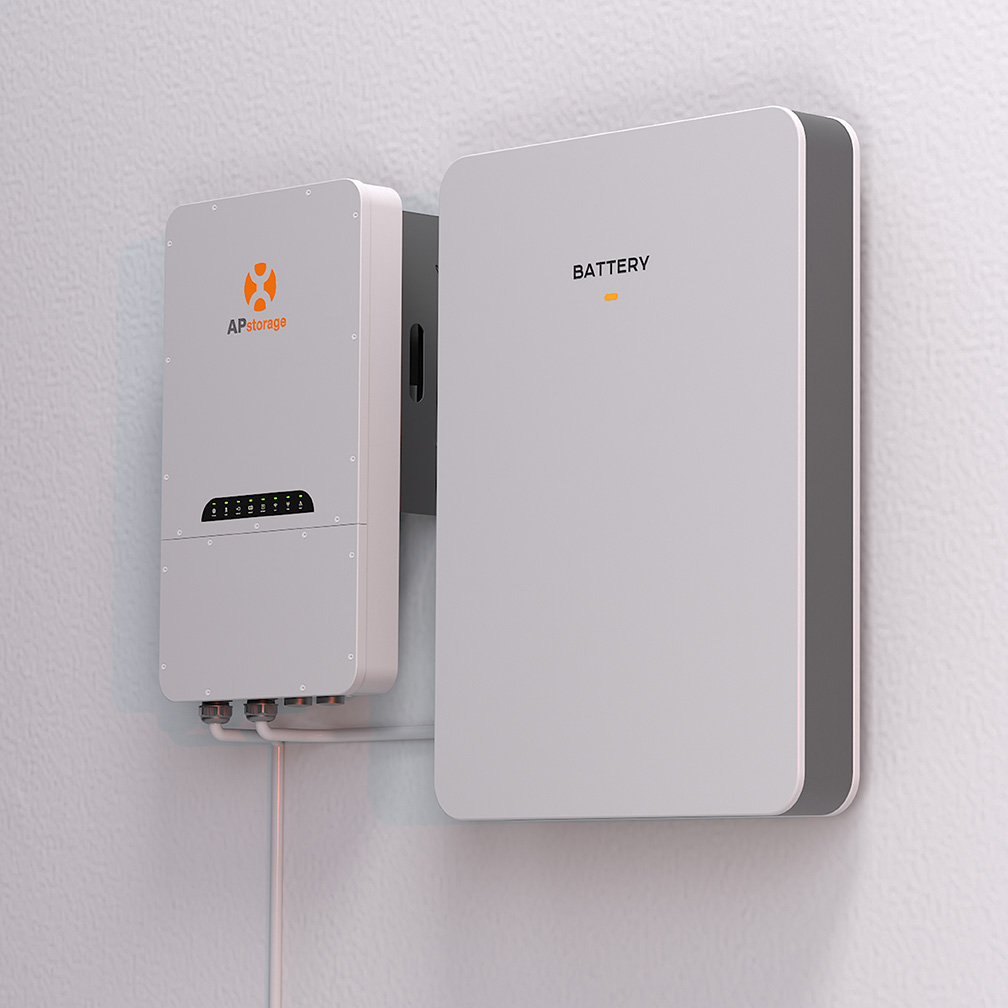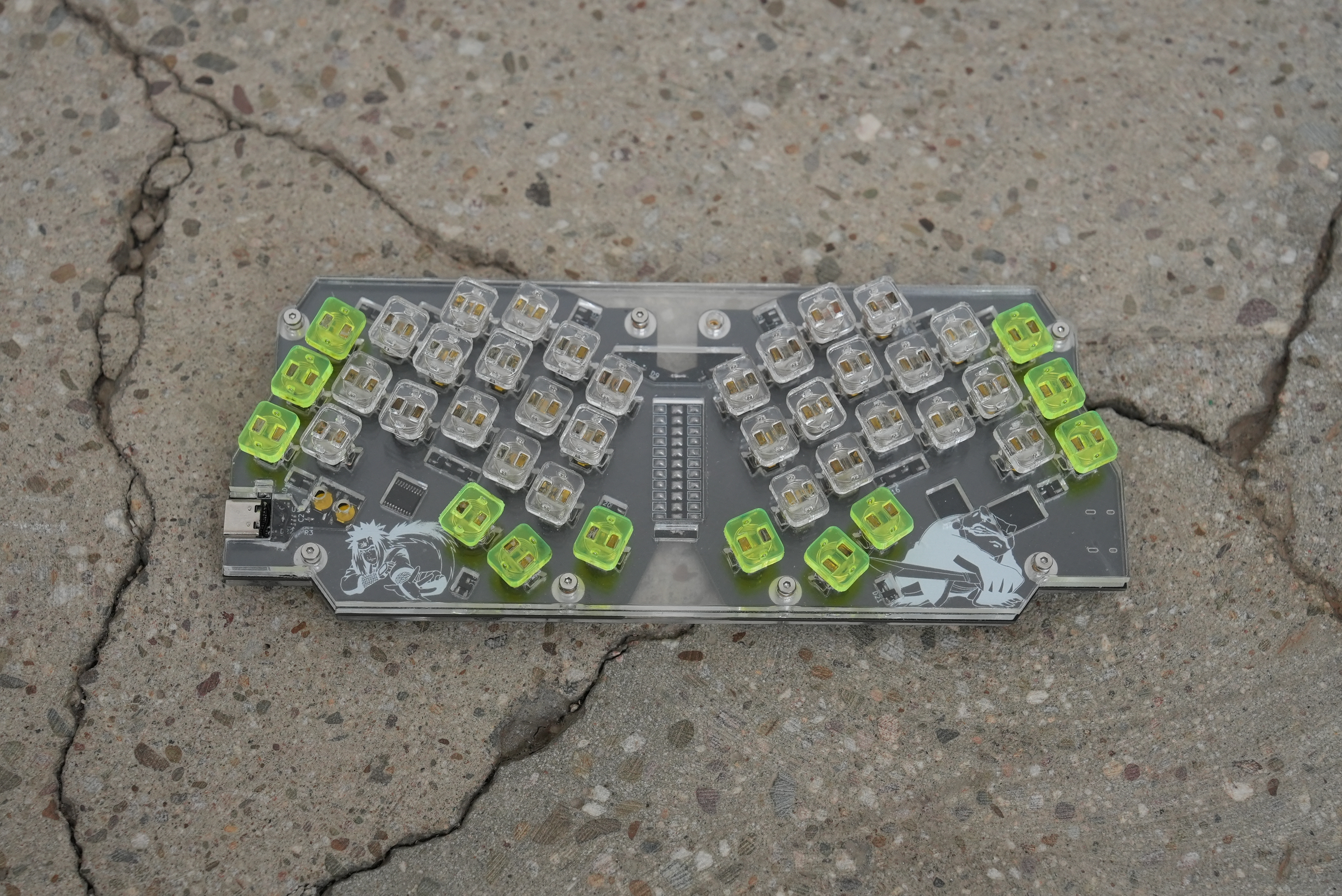Chiplab Launches: Run Your 6502 Programs on Real Hardware
Chiplab now offers a service to run your 6502 assembly programs on a real 6502 chip, providing cycle-by-cycle bus traces for highly accurate testing and research. Users upload their code, which runs for 100 cycles, after which a detailed trace of address and data bus values is returned. This approach offers a superior alternative to emulators and lays the groundwork for analyzing more complex chips in the future. The project is open-source and welcomes contributions.
